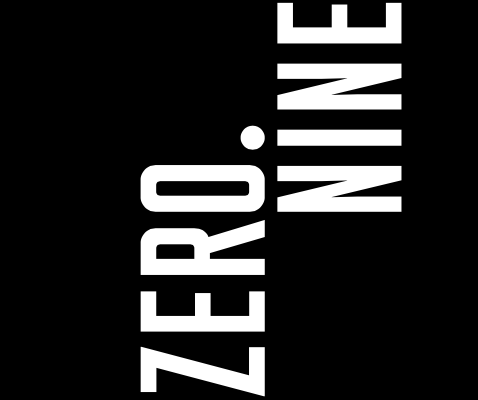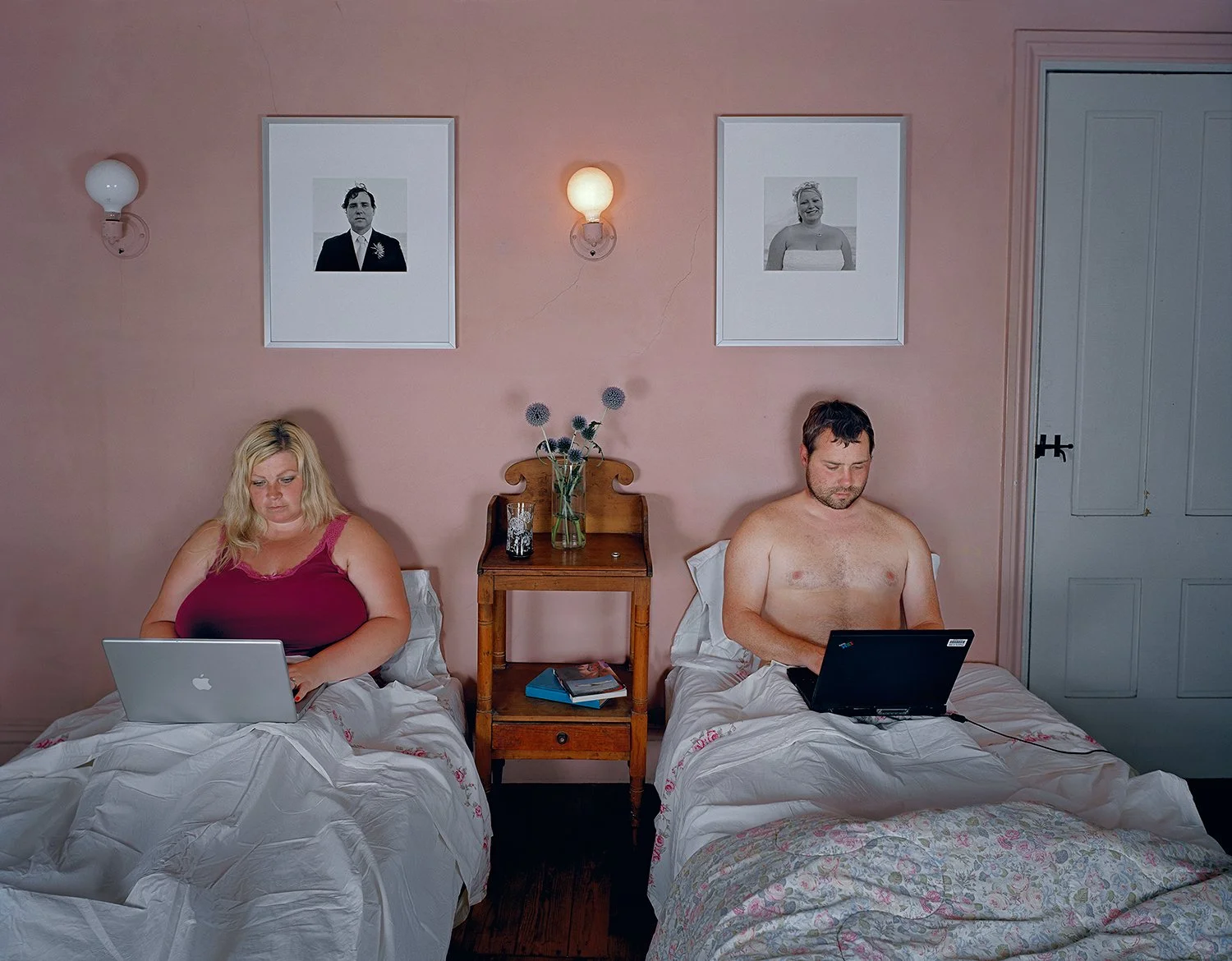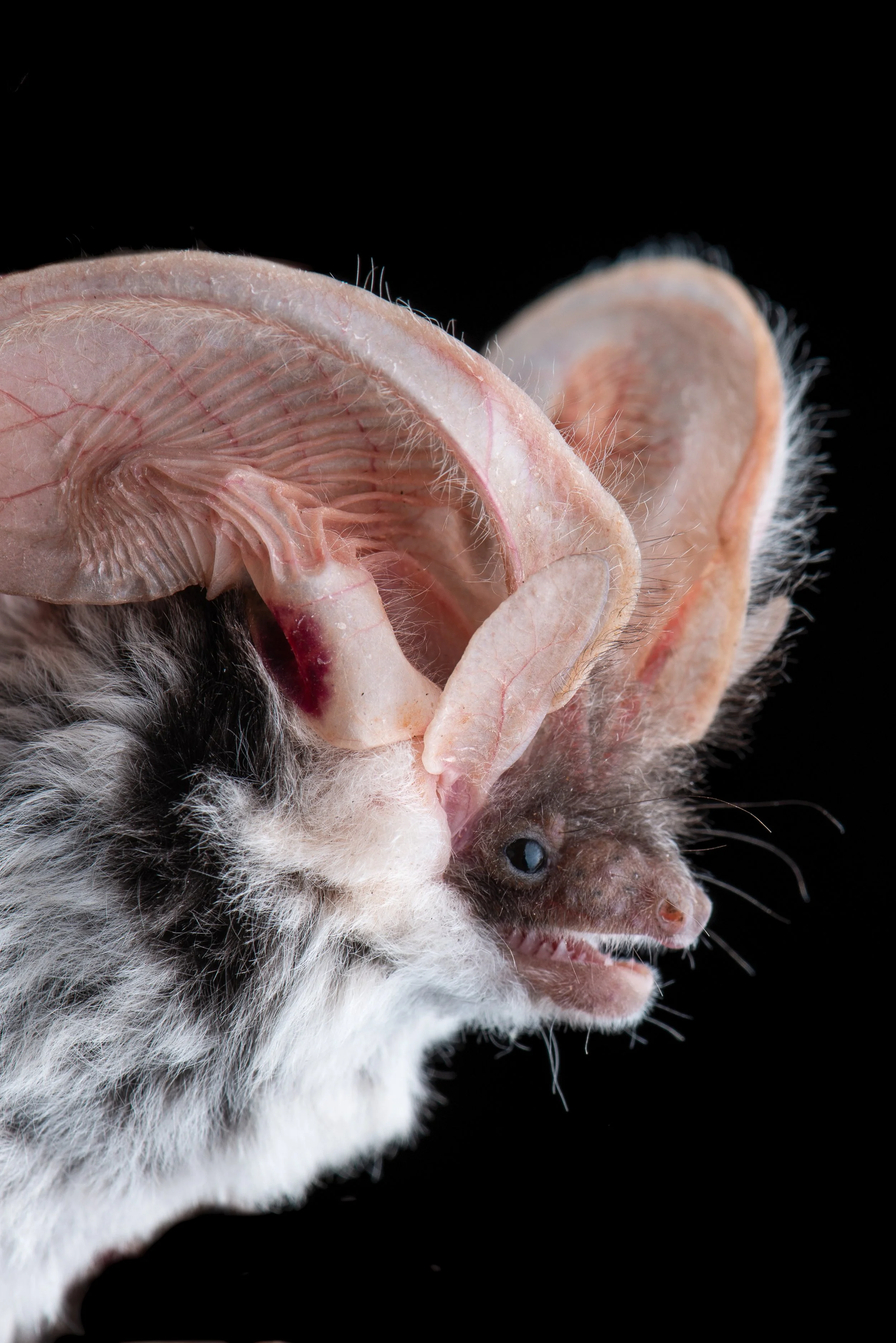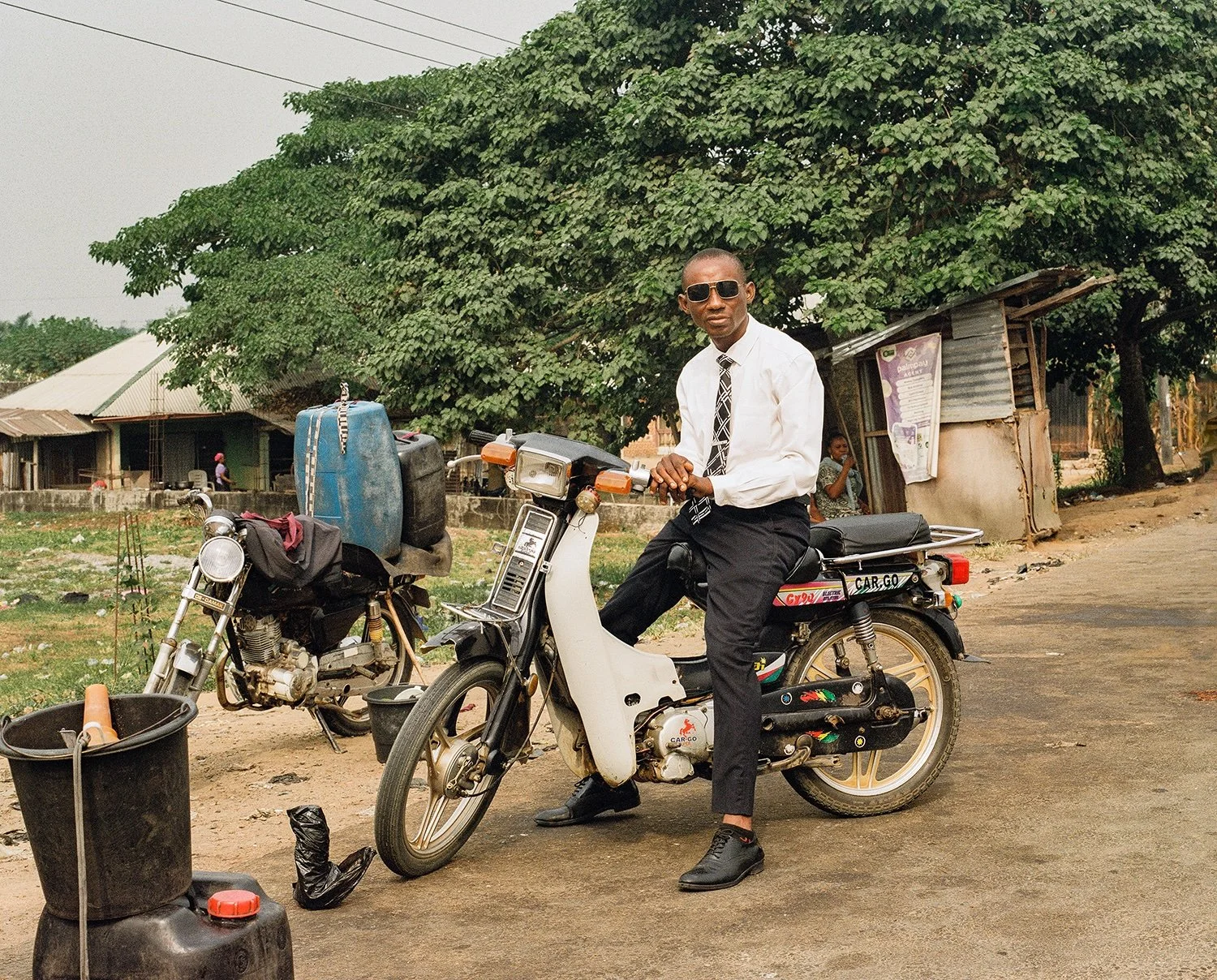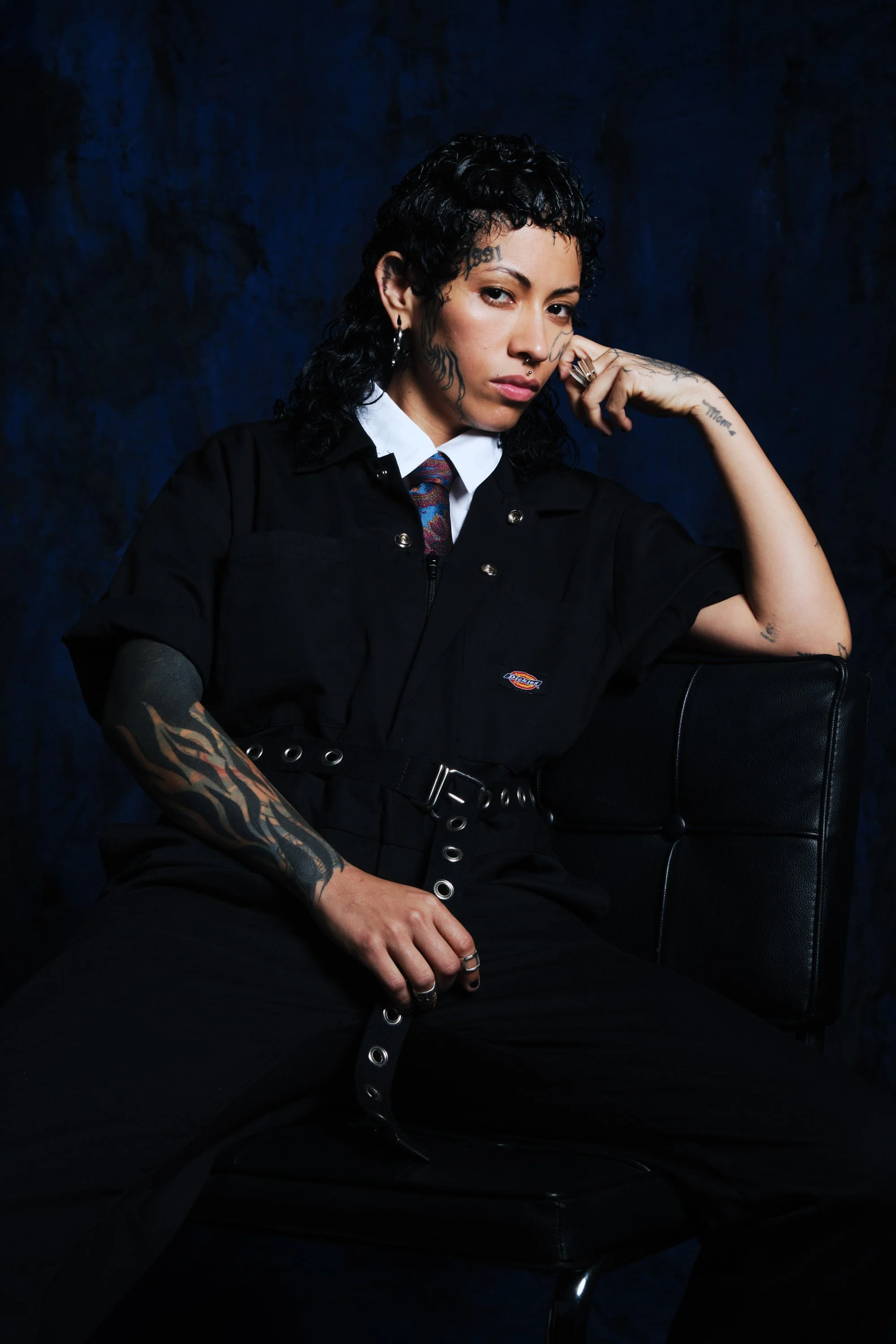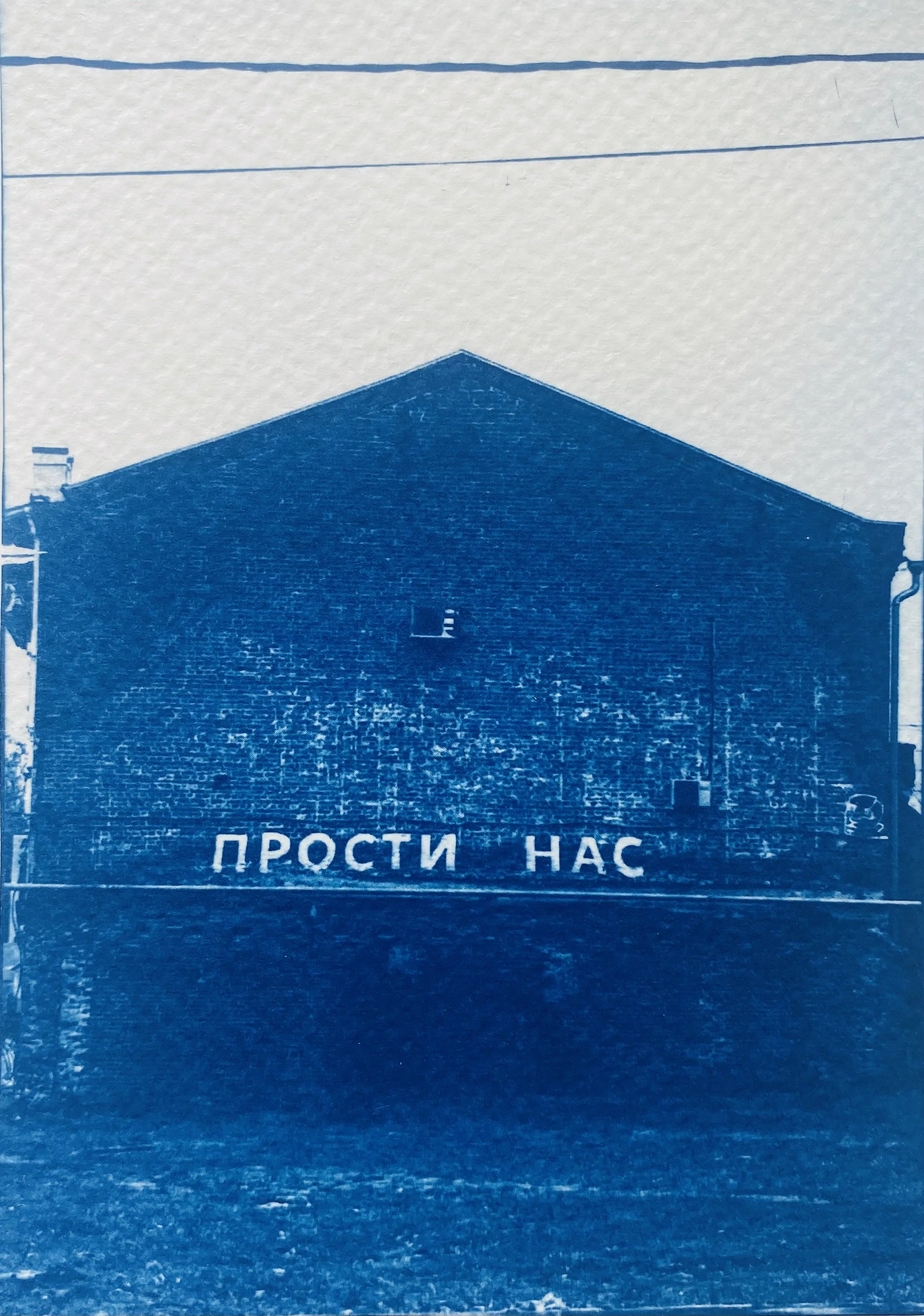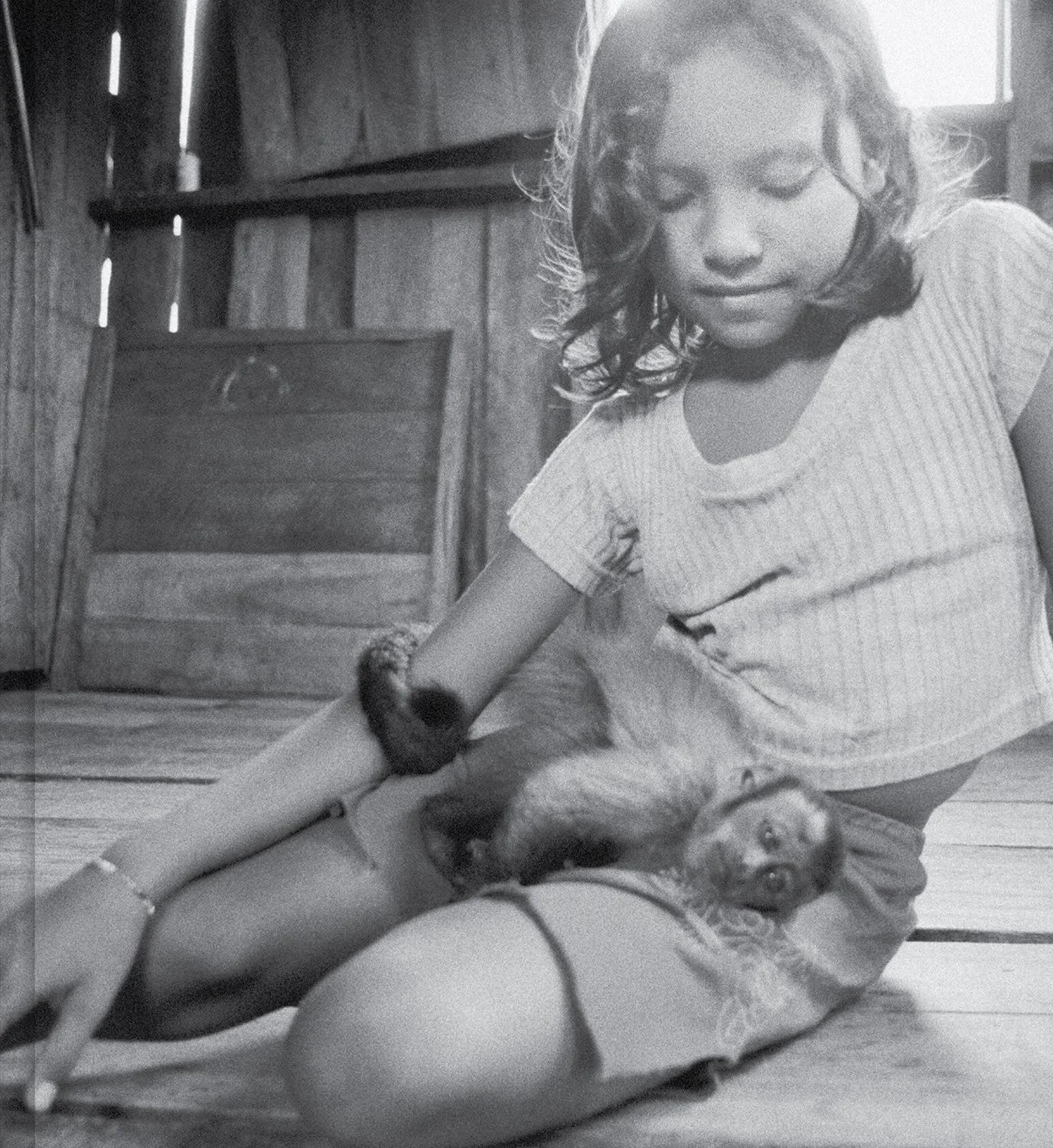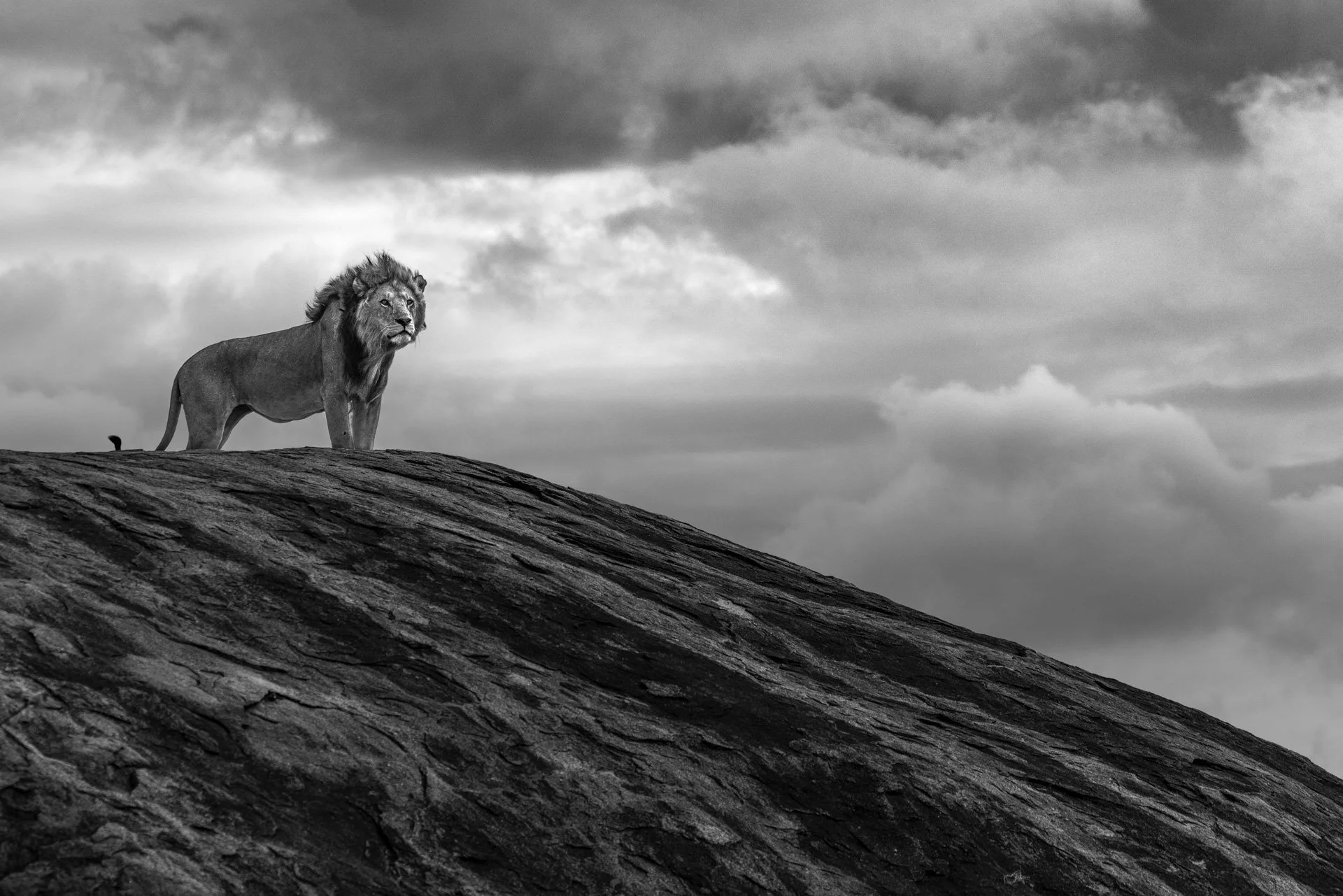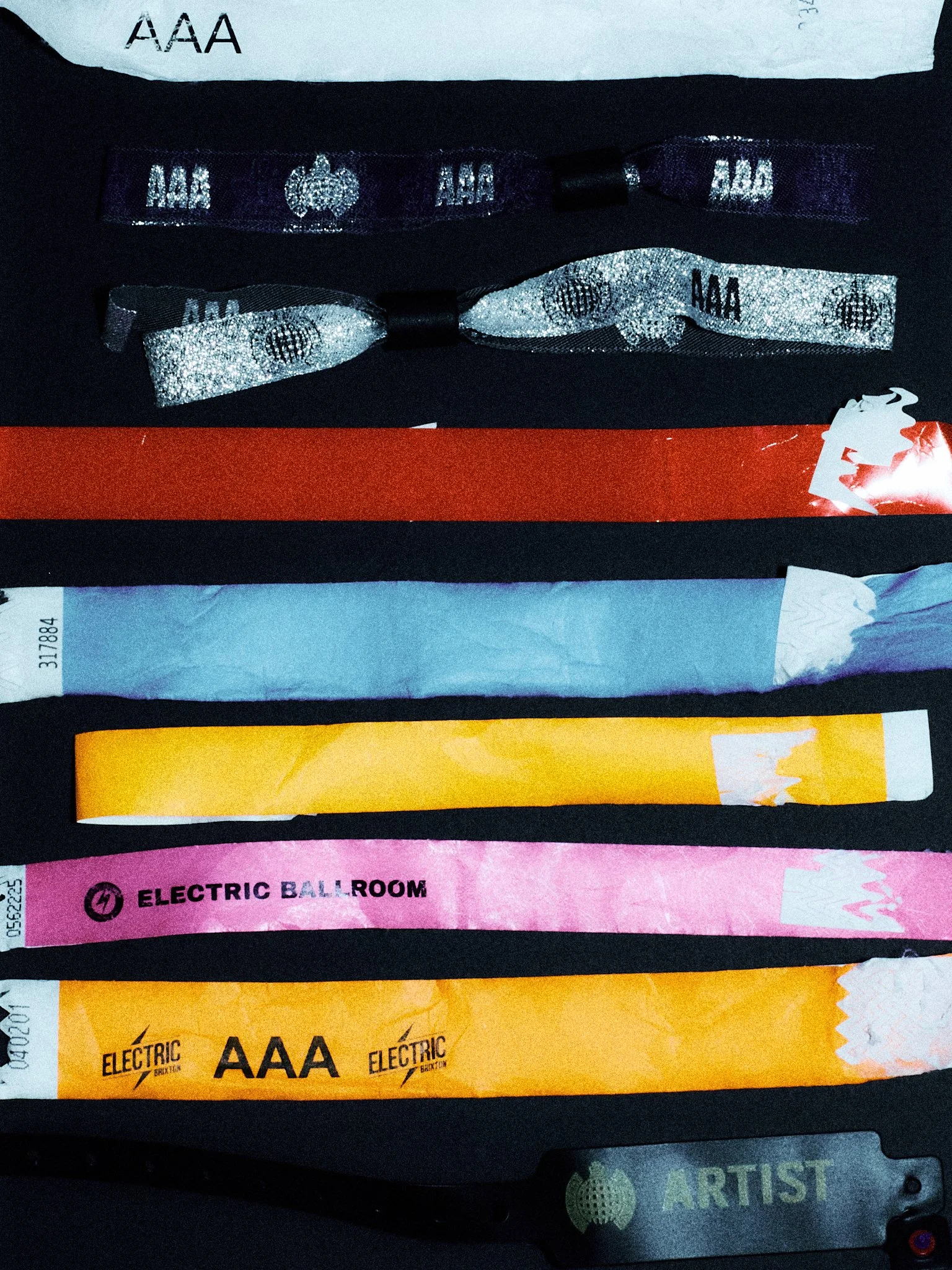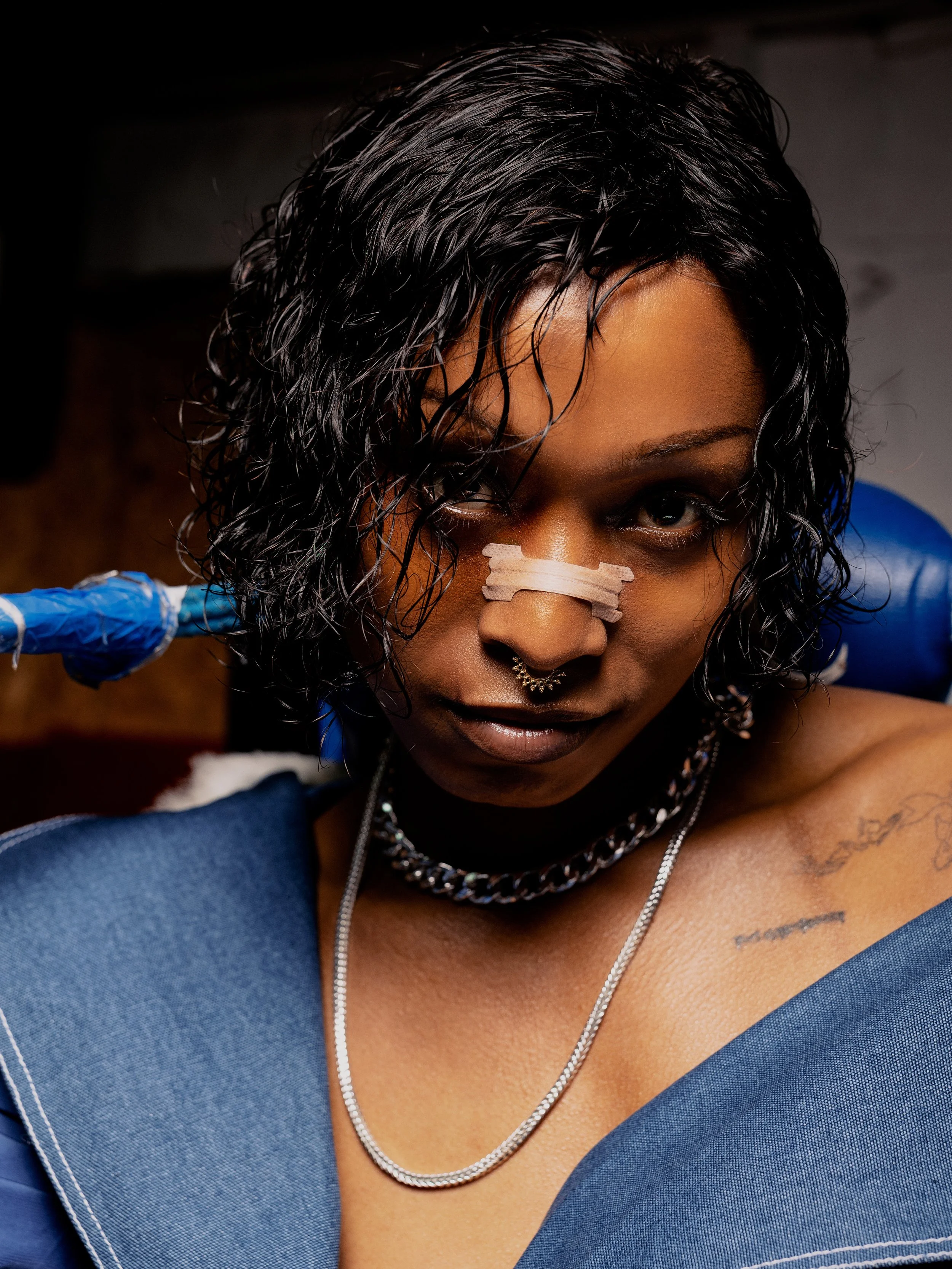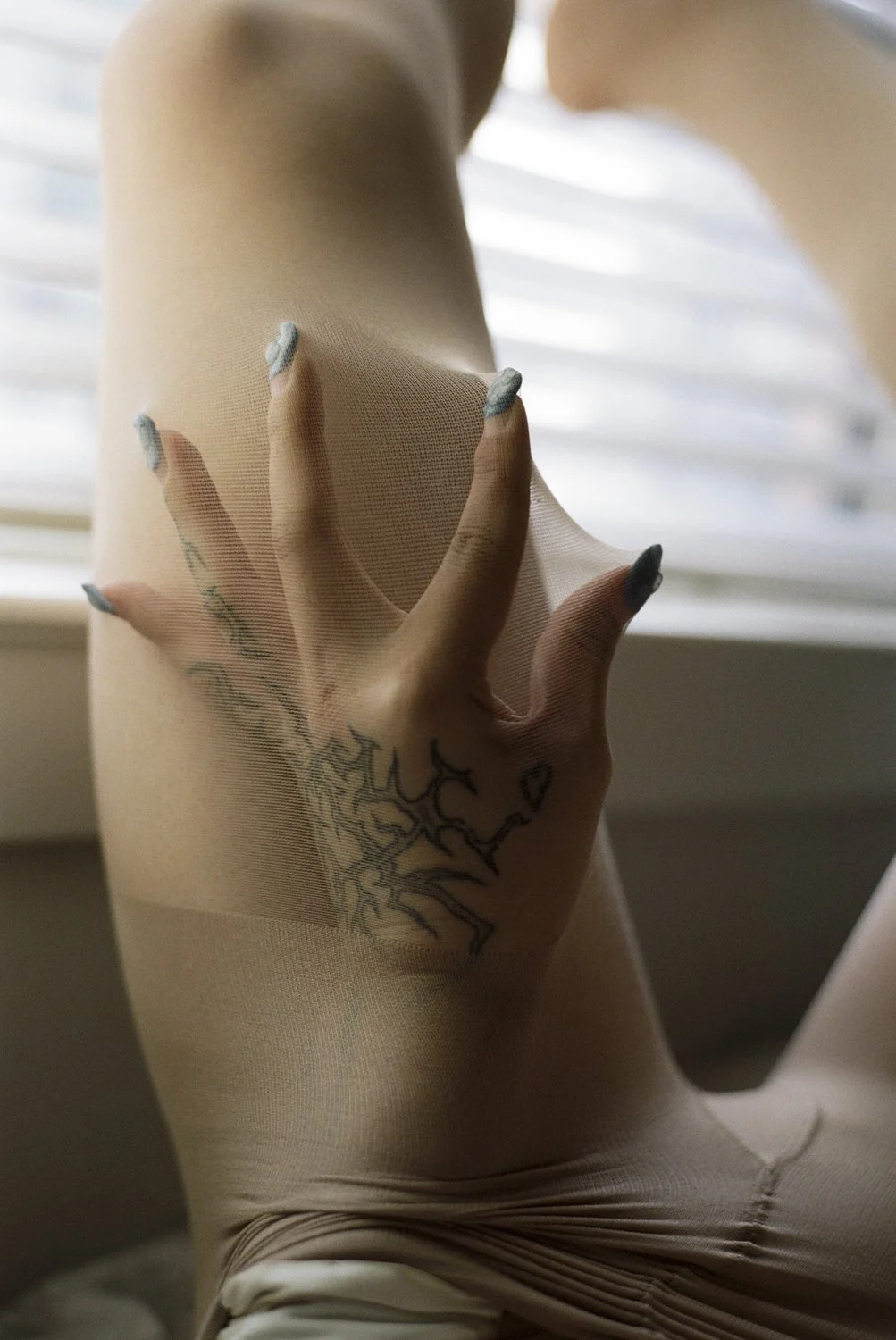Waterland – On how to become a body of water
According to legend, a creature half-human and half-water life was stranded in the Netherlands in the 15th century – this creature embodied both the sea and humans. With her work Waterland, Dutch artist Sophie Allerding adopts the position of this mermaid. What would she think of climate change and rising sea levels – a problem which has become very serious in recent years in the Netherlands.
Text and Photography Sophie AllerdingIn the first years of the 15th century, during a heavy storm in the Netherlands, a wild and untamed sea body accidentally drifted through an opening in the dike into a lake on the mainland. After the storm, the creature drifted around there, not knowing how to get back into the sea, because the hole in the dike had been closed. The people first were shocked by that strange appearance, but after seen the creature more often, they captured her and took her to Edam. The creature had the appearance of a woman, but she couldn’t speak people's language, she wore no clothes neither showed any other human behaviour, the opposite; the people had to guard her well because she always tried to jump back into the water. The people had no doubt; this had to be a mermaid. First she was exhibited in the city. Later she was taught to spin, and she worked for the people. She was said to have been hard-working, but her longing to jump back into the water never stopped.
The mermaid is a figure that fascinates people worldwide. Half human and half water life, she embodies both, the sea and us. The sea is on the one hand life-giving but also a dangerous threat, our relationship towards it is complex and ambiguous. Especially in a place like the Netherlands, that has emerged from the sea and is about to sink back into it in the future. Rising sea levels and the safety against the water is one of the biggest struggles not only in the Netherlands, but global caused by climate change. The question now is not any more if the land will sink, but when. How does this influence our relationship towards the sea? The way we treat and exploit the oceans is a huge problem, and changing this, is one of the key elements to fight climate change.
How can we give the oceans a different place in our perception? How does a sinking country dream, imagine and design a future?
Asking myself those questions I dived into a local mermaid legend, and I took in the perspective of the mermaid who embodies both, human and water life. What would a mermaid utopia about the coexistence of humans and water life look like? The fusion of these two point of views, human and non-human, allows new visions and creates room for another relationship to the sea, other than that offered by the dominant anthropocentric world view.
Myths are stories which we use to explain phenomena that are happening around or inside us. They help us to understand and shape the reality we are living in, and they influence our individual actions as well as the actions of whole societies in which they are told. They might not explicate the world like science, but implicating it. This is how we feel the world.
Looking at a particular myth or mythological figure as the mermaid, for example, can tell us something not only about the issues addressed in the myth, but also about the culture in which it is told. The Dutch legend of the Zeemermin of Edam reflects on our relationship towards the sea, which nowadays is mainly seen as a transport route and economic resource. To bring about change we need new perspectives, myths can also help us to shape a new relationship to the oceans. The gaze of the mermaid offers new perspectives to explore, on the coexistence of humans and the sea, she can help us to imagine a future of fruitful coexistence with the oceans and to construct the reality we want to live in the future.
About Sophie
Sophie Allerding (she/they) is an artist, designer with a special interest in storytelling, and the creation of meaningful encounters. Sophie works in multiple media often negotiating the relationship between humans and nature, the construction of reality, and the exploration of magical realms.
Sophie holds a B.A. in Communication Design and an M.FA. in the program Photography & Society at the Royal Academy of Arts in The Hague, Netherlands. She is Alumna of the Studienstiftung des Deutschen Volkes, Germany’s largest independent organization for the promotion of gifted students.
Sophies work was shown among other sites in Deichtorhallen Museum for photography (DE), Landesmuseum Koblenz (DE) Nederlands Fotomuseum in Rotterdam (NL), Hallo: Radiofestival X-Kanal (DE), the Climate Utopias Festival (FI), Goethe Instut Vietnam and Climate Art Fest (DE).
Sophie is active in the feminist collectives POSSY and Radio Echo Collective and is currently based in The Netherlands and Germany.
To see more of her work, visit her website or follow him on Instagram
